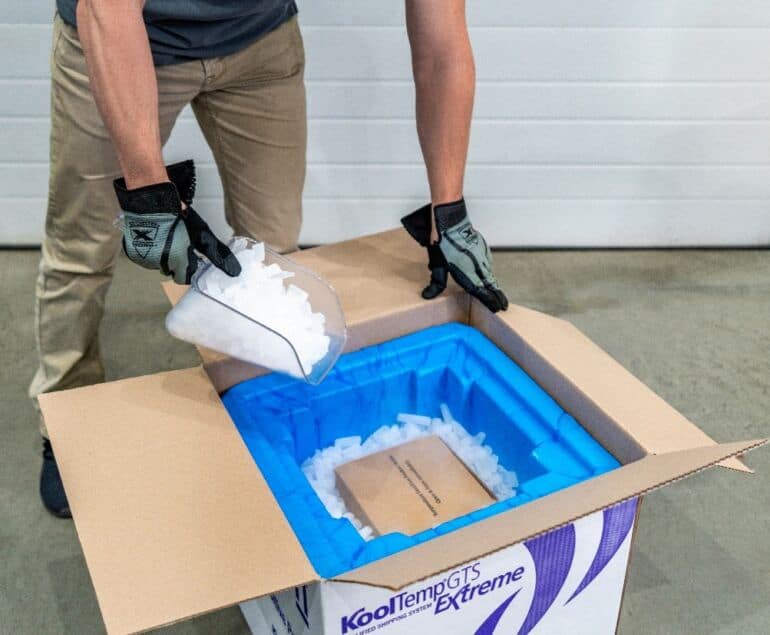Focused on Faster
Singota Solutions is a contract development and manufacturing organization (CDMO) focused on helping clients in the pharmaceutical, animal health, and biotechnology industries move their products through the drug development pipeline faster by being agile, accountable, and transparent.
Why Singota?
Singota Solutions, based in Bloomington, Indiana, is a leading Contract Development and Manufacturing Organization (CDMO) renowned for its flexible approach to drug development. Specializing in Aseptic Filling, Development and Testing, Labeling and Kitting, and Supply Chain Management, Singota accelerates product advancement through the drug development pipeline. With a focus on innovation and reliability, Singota offers expertise in small batch aseptic filler technology, aseptic manufacturing solutions, cold chain pharmaceutical storage, and gmp compliant warehouse operations. Their commitment to excellence is evident in their utilization of the gloveless robotic Aseptic Filling system, SA25, the first of its kind in North America found it's home at Singota, and boasts an unblemished sterility record since its inception. Partner with Singota Solutions for efficient and high-quality services tailored to your pharmaceutical development needs.

Aseptic Manufacturing
State-of-the-art aseptic manufacturing of small volume parenterals, including vials, syringes and cartridges.
QC Testing & Development
Dedicated lab for GMP testing and formulation & method development, providing clients with the necessary tools to ensure product quality and efficacy from inception to production.
Supply Chain Management
Comprehensive SCM services, encompassing sourcing, production, inventory management, regulatory compliance, shipping validation studies and distribution to ensure efficient, compliant, and cost-effective pharmaceutical product delivery.
Collaboration
Dedicated Project Manager across all service lines to provide thorough and timely customer service. Our internal teams are driven to work collaboratively with our clients in achieving the overall objective of each unique project.

Contact Us Today!
Have any Questions? Email us
solutions@singota.com
Prefer to Call?
(812) 961-1700
Featured Articles
Signup for our mailing list



